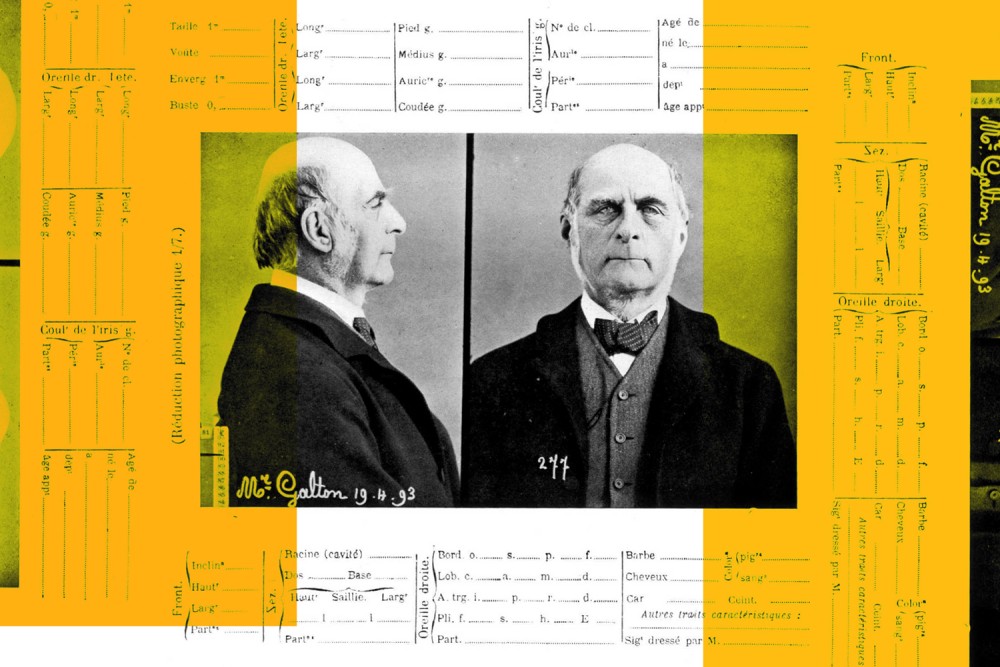
Francis Galton in 1893 (from Karl Pearson’s The Life, Letters, and Labors of Francis Galton / Public domain)
In the summer of 1876, in a workshop on the outskirts of London, Francis Galton was busy fashioning brass tubing into an ultrasonic whistle. This unique sliding whistle would produce high-pitched sounds at frequencies above the limit of human hearing. Galton tested his invention on the streets of London by blowing it near dogs and charting their reactions. Today, many hunters and dog trainers swear by modern iterations of this original whistle.
By the late 20th century, the term dog whistle referred as well to a kind of political statement that bears coded language. Dog whistle political messaging involves language that may sound innocent but is in fact carefully calculated: it carries one meaning for the general population but a secondary meaning to a targeted subgroup. Although leaders from across the political spectrum use dog whistles to stir associations among different audiences, the nefarious tactic of stoking racial prejudice by encouraging White voters to perceive Black and Brown populations as a threat belongs almost exclusively to right-wing politicians and propaganda outlets.
The intentional use of abstract code language to hide racist appeals below the surface gives dog whistle messaging its disturbing cleverness. As long ago as 1981, GOP strategist Lee Atwater noted this abstraction in an interview in which he discussed Richard Nixon’s southern strategy and its evolution in the tax cut policies of the 1980s:




